The Leather Spectrum: A Guide to Different Types and Textures of Leather
-
August 19, 2024
-
By: soits
-
52
The history of leather is just as varied and complicated as the substance itself. Humans were looking at the animal kingdom even before history was written. They were admiring the hides of goats, lambs, sheep, and cows, not just for protection from the weather but also for a touch of elegance.
Fast forward to today, and leather’s allure hasn’t waned, but the stakes feel higher with the hefty price tags dangling from those luxurious leather goods.
Every variety of leather has unique characteristics, applications, and looks. Several things affect the quality of leather that an animal produces. A few of these have to do with the animal’s environment, such as its food, nutrition, climate, or exposure to diseases. After the animal is slaughtered, additional elements that impact the leather’s quality come into play. These include the tanning agents, the applied dyes and stains, the shipping and handling procedures, and more.
Although a tanned cowhide can be up to 10 mm thick, only belts are typically made from hides that are utilized to their maximum thickness. The side of the hide from which the hair has been removed is the top surface. The inner layer was the initial point of attachment between the hide and the flesh. The leather’s fiber structure changes as the hide gets thicker, becoming looser at the bottom side and tighter and denser at the top layer.
Types of Leather
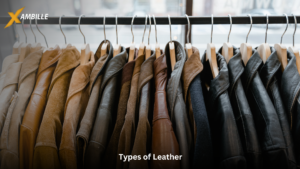
Imagine a single animal hide. This hide can be separated into distinct layers, each with unique properties that determine the final leather type. These layers are just the starting point. Tanning, finishes, dyes, and embossing can be added to create even more leather variations, giving you that wide range of textures and styles you see in stores.
Full Grain Leather:
The topmost layer of the hide is called full-grain leather. It is dyed using soluble aniline dyes that do not cover the natural surface of the leather. Occasionally, a semi-aniline dye is applied to the leather to provide a thin layer of protection and stop stains. This area of the leather is the strongest and most resilient because of its vertical fibers; it won’t rip, fracture, peel, or pierce. Because of the tight grain pattern, it is moisture-resistant. The distinctive look of Full Grain leather contributes to its allure, as each item narrates the tale of the respective animal.
As this leather ages, it requires a unique patina. To put it another way, the more you use it, the more lovely it becomes. This quality is one of the reasons why full-grain leather is so well-liked. The scent is the most telling feature that sets it apart from other leathers. The aroma is more authentic. Due to the lack of sanding, there will also be some blemishes. It is in short, the best leather that money can buy, which is why it is the main leather used by MAHI for the majority of our products.
The leather can also withstand a lot of stress. The only leather that gets better looking older is genuinely exceptional. Full-grain leather is frequently used as an upholstery material for clothing, shoes, footwear, and saddlery.
Top Grain Leather:
This is the second layer of the hide, not the top layer, which may be misleading. To get rid of the “imperfections,” the leather’s surface has been sanded and buffed. While this gives the leather a more consistent look, it also indicates that it will degrade considerably more quickly and is far less durable than full-grain leather. Since top-grain leather is more affordable, flexible, and thinner than full-grain leather, it is most frequently utilized in the manufacture of high-quality items. A variant of Top Grain leather is ‘Corrected’ leather.
This is Top Grain leather which has gone through an extensive process of sanding, buffing, stamping, and dyeing to achieve a uniform appearance in which all natural markings have been removed.
Nubuck Leather:
The 1930s visit of the Duke of Windsor to America popularized Nubuck shoes, which were originally manufactured from the hide of deer or elk. Top grain leather that has not been treated but has had its surface buffed and polished to create a velvety texture from the short protein fibers is called nubuck. When you run your fingers over the plush surface, it will change color, giving it a suede-like but more costly appearance. It can be colored or left white, but it is stronger and thicker than suede. Compared to suede, it looks rougher and could still have natural marks on it.
Bonded Leather:
Reconstituted leather is another term for bonded leather. To make the leather, offcuts or scraps of hide are ground into a fine powder and mixed with filler. Lastly, a fiber sheet is used to stamp a polyurethane or latex finish onto the leather. The most affordable kind of animal leather is this one.
When making bonded leather, various producers use varying amounts of leather. Bonded leather wears out and cracks faster than real leather, though. It is not water resistant, in contrast to fine leather.
This leather is ideal for bookbinding and for making low-cost furniture and accessories for the home. It may be challenging to pinpoint the precise amount of natural leather in bonded leather unless the producer makes this information available. It’s simple to recognize because of the unique feel of the leather.
Faux or Synthetic Leather:
Synthetic leathers have been produced since the 1940s as a byproduct of the chemical industry. Synthetic leathers, which are made under several brand names, are primarily classified as polyurethane (PU) and polyvinyl chloride (PVC, Vinyl).
Vinyl upholstery gained popularity as an inexpensive choice for utilitarian furniture and automobile interiors, such as that seen in low-cost restaurants or hospitals. Vinyl is a resilient and easily maintained material that when in touch with human flesh, turns sticky and unpleasant. Although it feels quite different to the touch, polyurethane fabric may be printed to make a convincing visual replica of leather. It is softer, more flexible, and somewhat more breathable than leather. Although it costs more than vinyl, it is still far less than leather.
The chemical composition of genuine leather has been replicated in newly developed synthetic leathers. These synthetic leathers are said to be even tougher and more resilient than genuine leather, but producing them is costly and has negative environmental effects. Petrochemicals, which are not biodegradable or renewable, are used in their production. Concerns have also been raised about the microfibers used in the manufacture of these artificial leathers beginning to make their way into the food chain. Washing machine residue is causing non-biodegradable fibers to fall off clothes and end up in lakes and rivers.
Experience the Difference: High-Grade Genuine Leather in Every Xambille Product
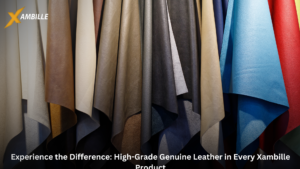
At Xambille, we’re committed to not only crafting exceptional quality products but also preserving the environment. That’s why we proudly use only high-grade, genuine leather in our creations, steering clear of synthetic faux leather alternatives. By doing so, we minimize our ecological footprint and ensure that our products not only exude luxury and durability but also align with our values of sustainability and environmental responsibility.
Categories
- A Guide to Selecting the Ideal College Bag
- and Handbags
- Buffalo Leather Basics
- Business Bags and Laptop Accessories
- Caring for Your Leather Jacket: Tips and Tricks
- Genuine Leather
- How to style leather jacket over 40
- How to Style Women's Leather Blazer Casually
- Leather Briefcases
- Leather Vs Denim
- Misconceptions about genuine leather
- Mother's Gift Ideas
- Motorcycle Riding Vest
- Protect Your Travel Documents: Leather Passport Covers
- Suede Jacket Style Guide
- The Art of Leather Working
- The Leather Care
- The Ultimate Game-Changer for Hairdressers: Leather Aprons
- The Weird and the Banned: 10 Items You Never Knew Were Restricted
- Types of Leather
- Uncategorized
- Waxed Canvas: Understanding its Craftsmanship
- What is a Moto Biker Jacket? How to Style a Moto Biker Jacket
- Why a Travel Toiletry Bag is a Must-Have for the Modern Man
- Why Leather Canvas Backpacks Are a Timeless Choice for Travelers
- Why Sheepskin is Frequently Used to Make Cozy Slippers
- Why Vegetable-Tanned Leather is a Superior Choice
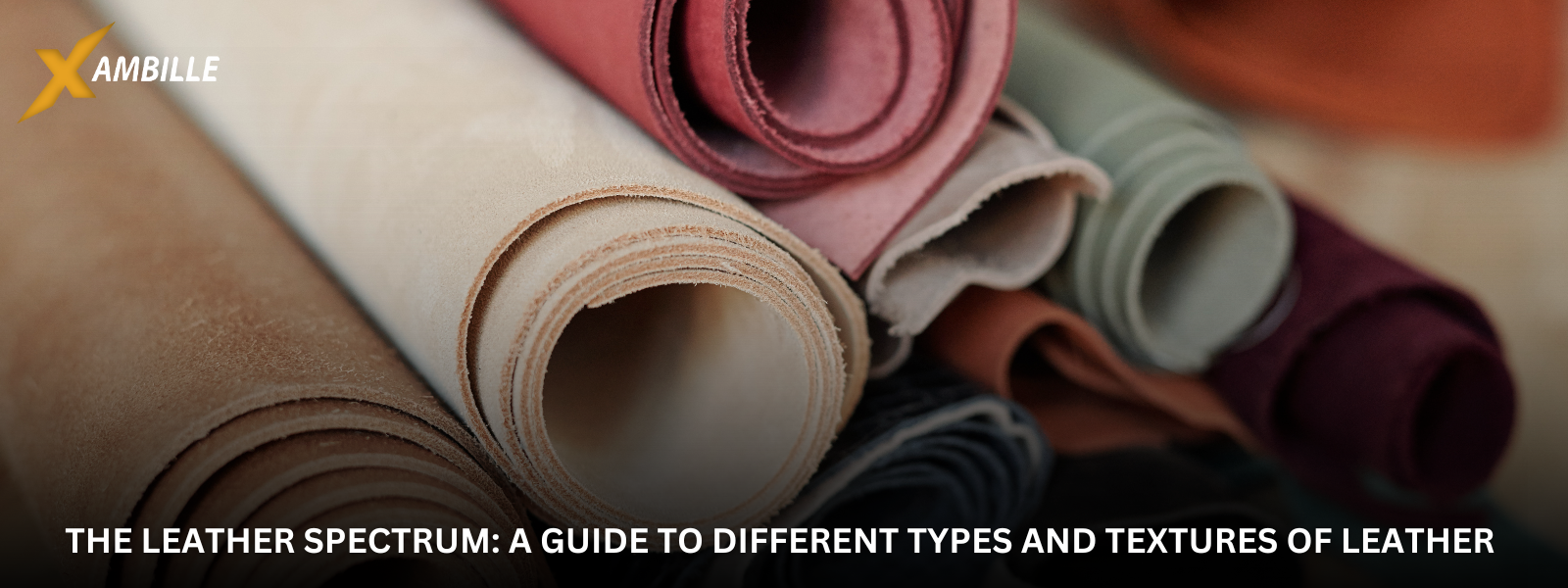
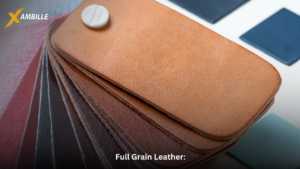
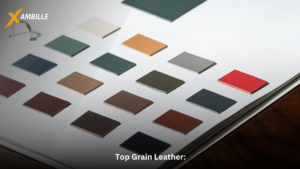
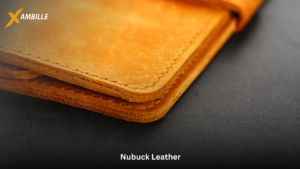
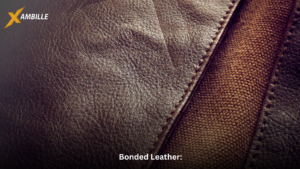
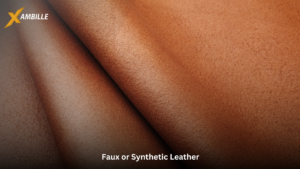
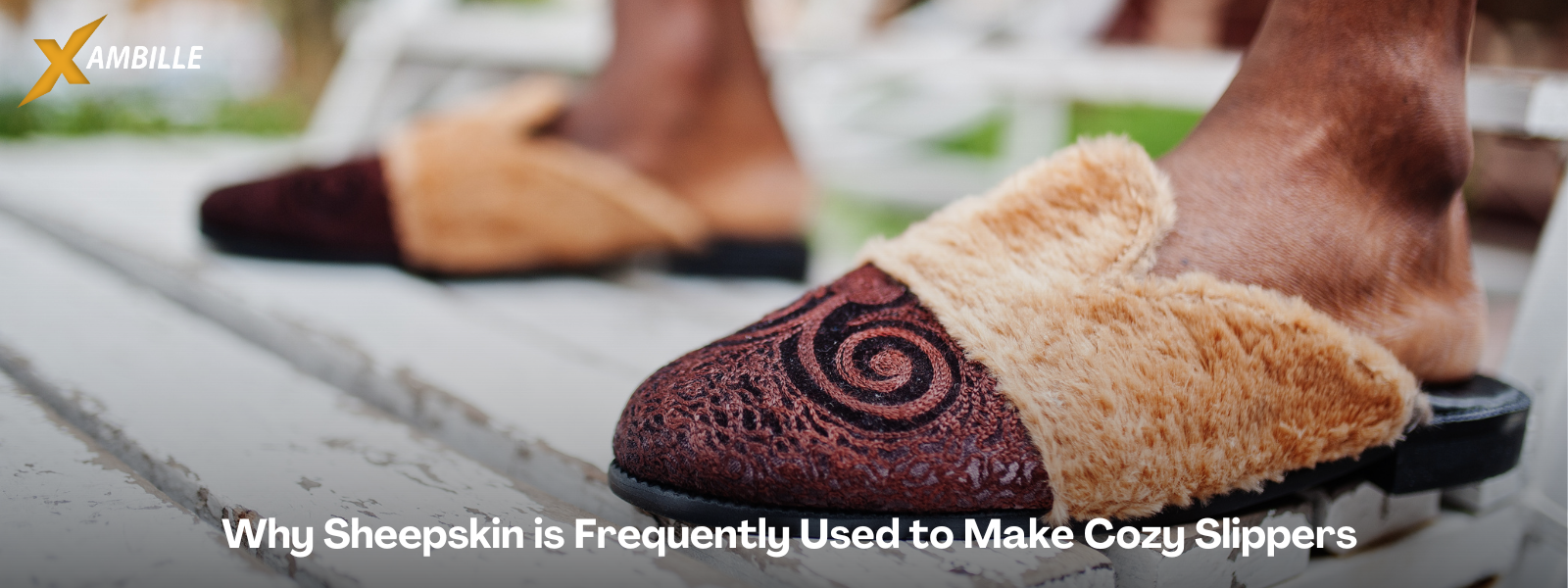
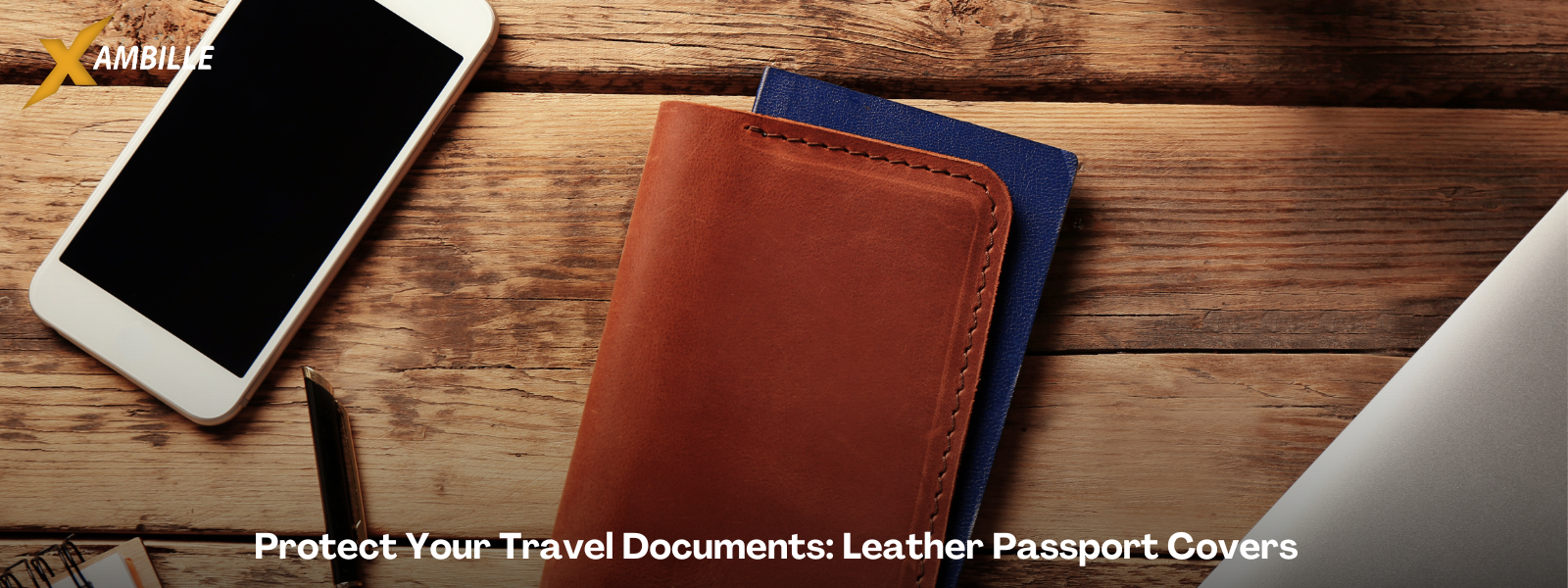
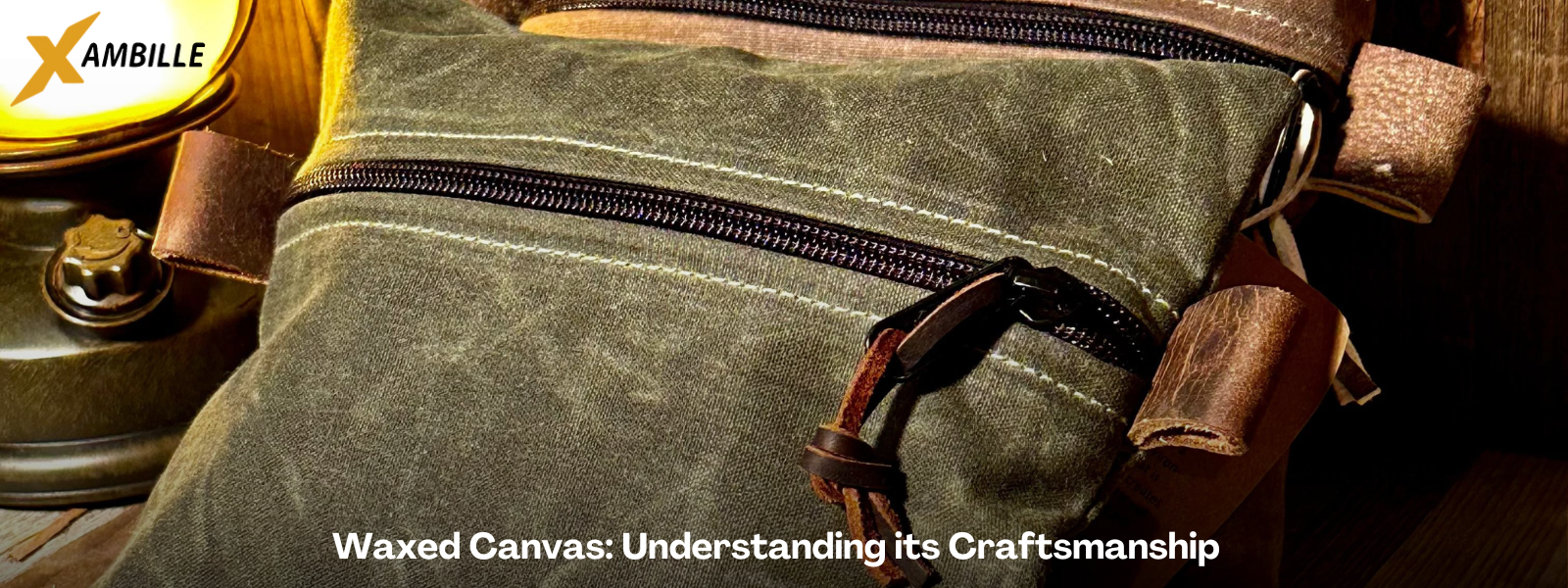
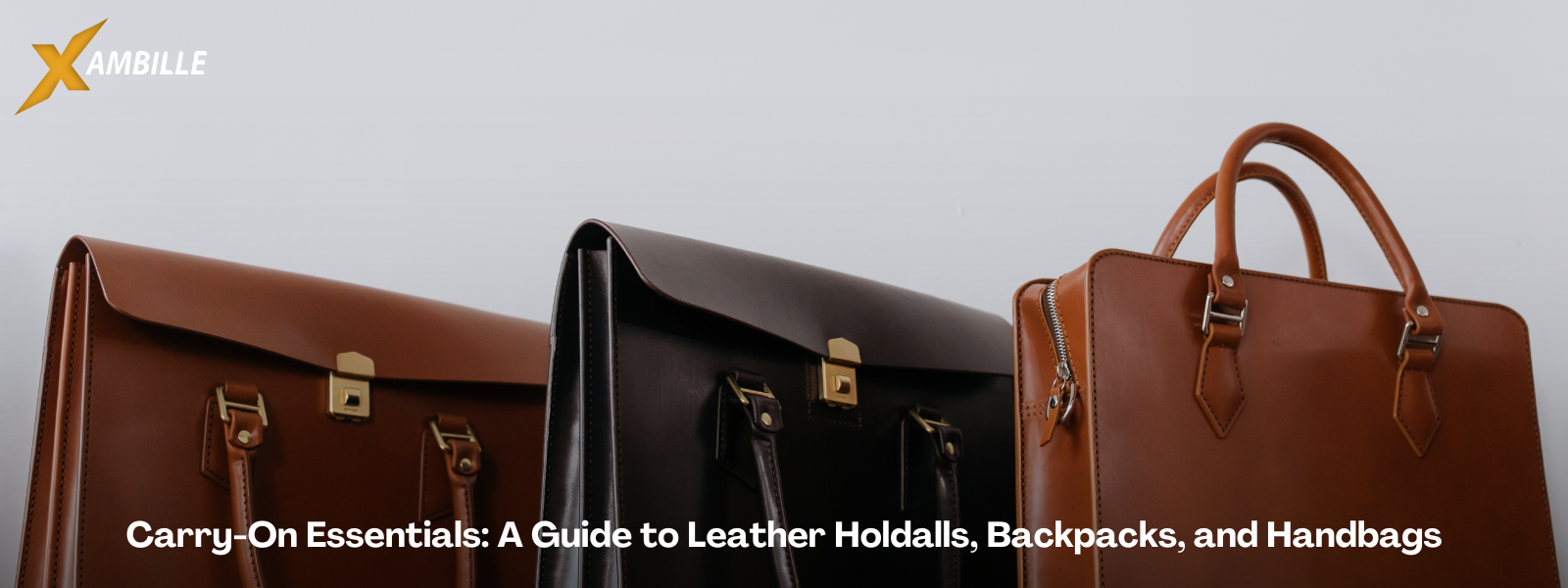
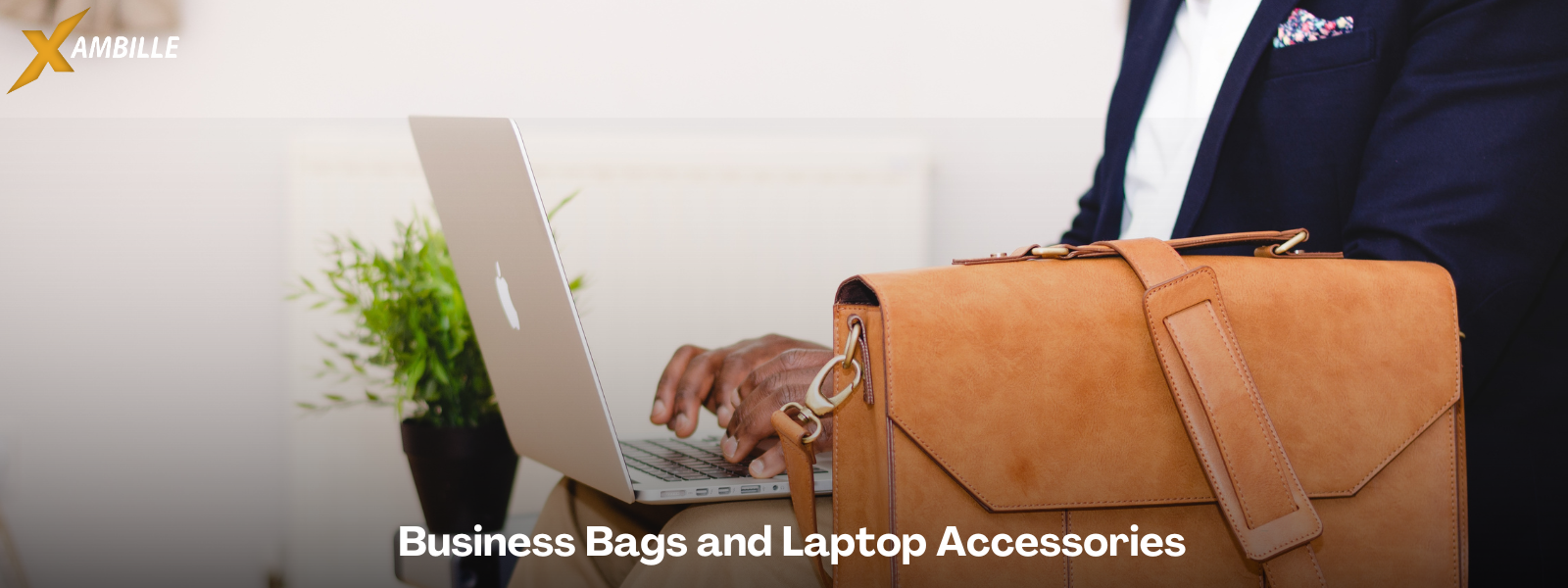
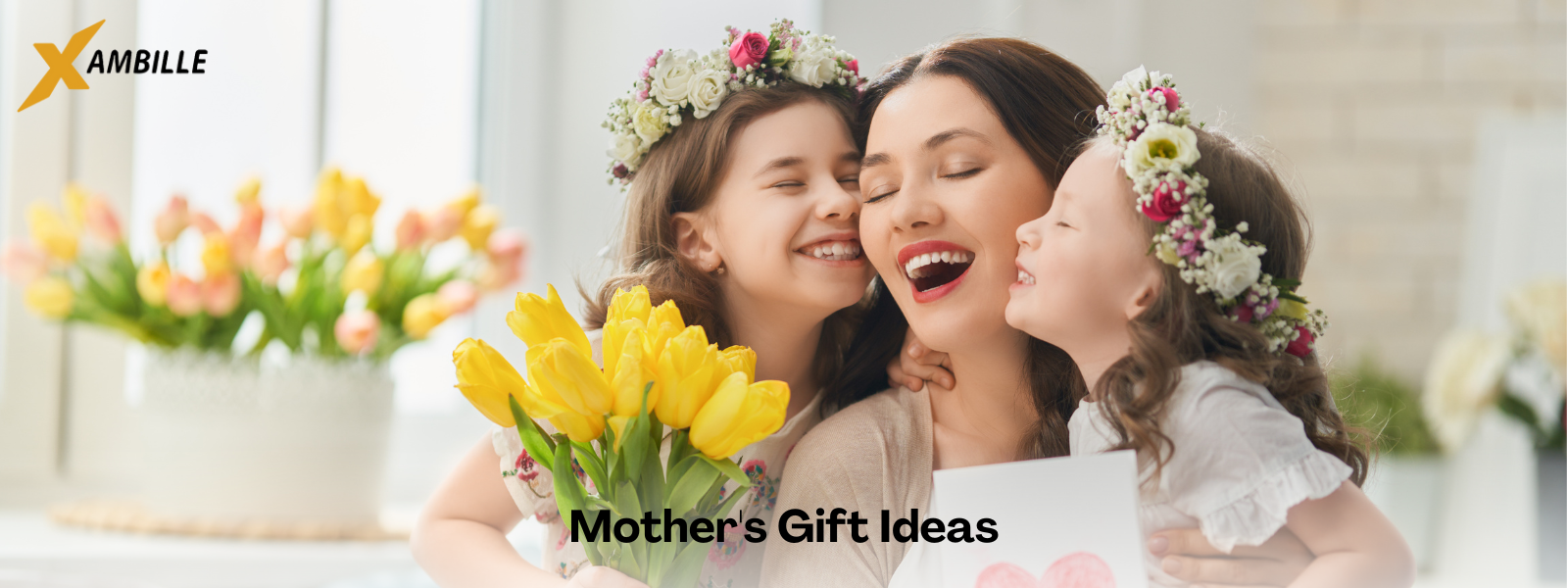
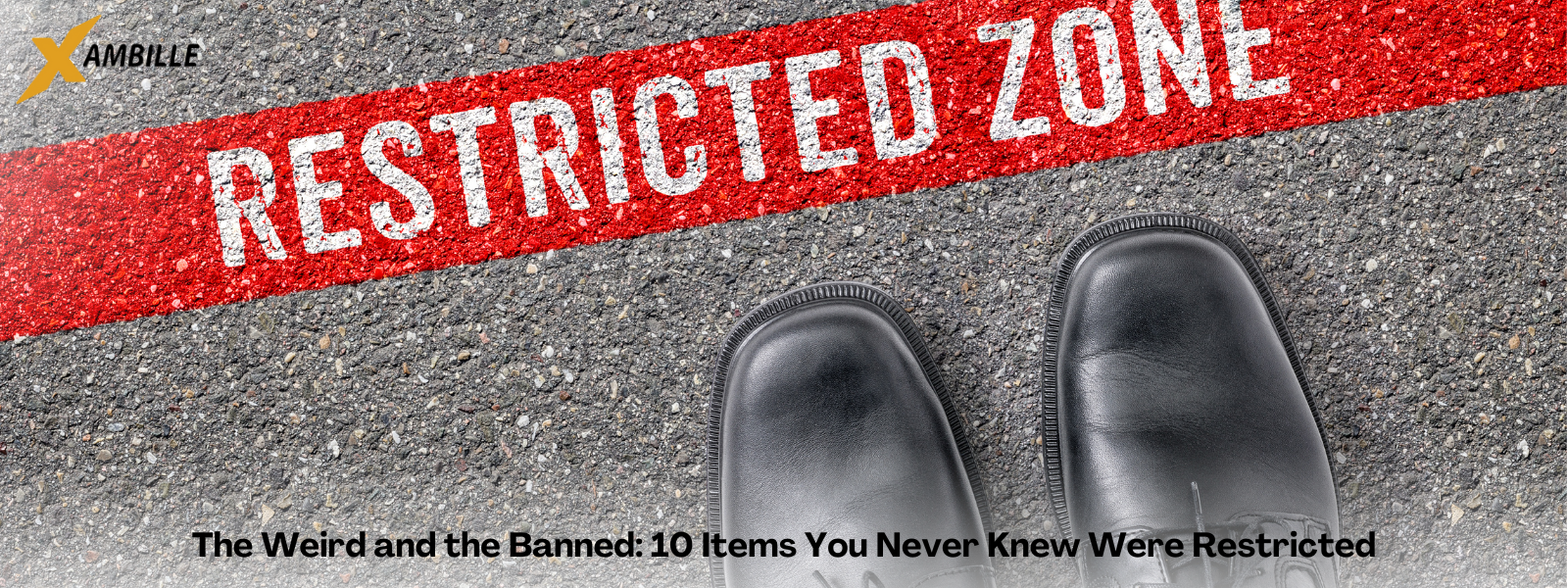
Leave a comment